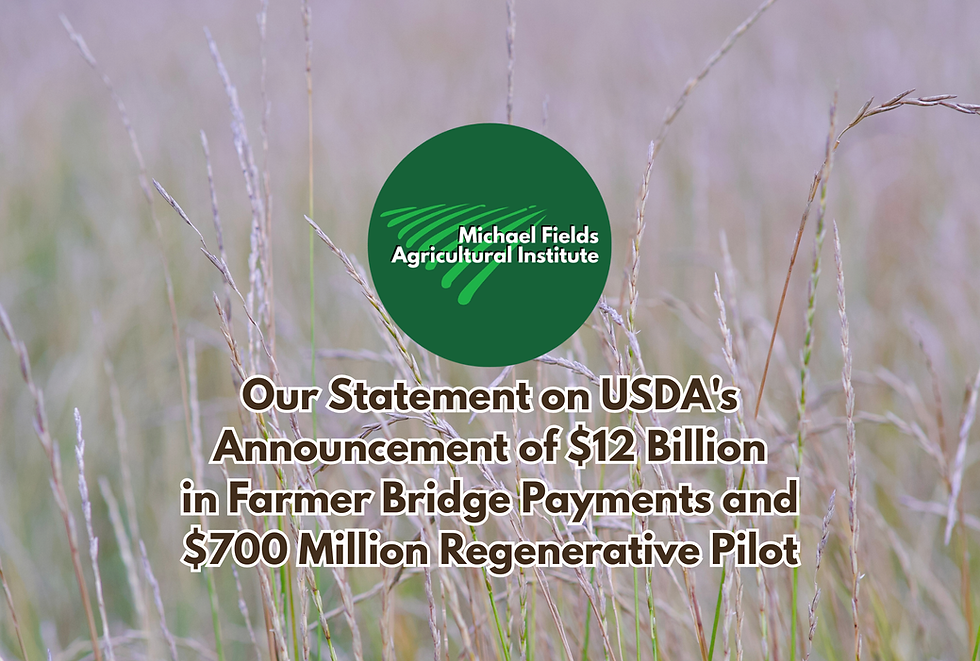Partners develop 3D technology to suppress weeds
- lynngrooms
- Dec 16, 2024
- 2 min read

Through a Conservation Innovation Grant, the USDA’s Natural Resources Conservation Service and partners are using 3D imagery to map cover crops, such as cereal rye, and weeds with precision.
by Derric Cushman
Public Affairs Specialist
USDA
Farmers are continuing to battle with herbicide-resistant weeds that impede their ability to grow crops. While cover crops help curb weed growth, more tools are needed to support farmer success. The USDA’s Natural Resources Conservation Service, Conservation Innovation Grant partners, North Carolina State University, Texas A&M University, and Iowa State University are developing technology to help.
Using 3D computer imagery, they are mapping cover crops and weeds with precision, helping farmers make informed decisions about how to control weeds. This technology can lead to improved herbicide-resistance management, reduced herbicide use, better soil health, and improved water quality downstream, they say.
The project’s principal investigator, Ramon Leon, a William Neal Reynolds Distinguished Professor and University Faculty Scholar at North Carolina State University, and partners examined multiple fields growing cover crops in North Carolina, Iowa, and Texas. They used a hand-held GoPro camera, which takes aerial videos of the cover crops. The videos are then analyzed using a technique called Structure-from-Motion. That technique recreates the cover crop canopy in a 3D format.
The use of 3D images provides more accurate quantification than regular 2D images of cover crop density, growth, and biomass. This is useful since cover crop growth can be patchy in fields, making biomass estimation difficult.


Top: A still image from a GoPro video taken over cereal rye. Bottom: A 3D point cloud rendering is created from the video. Photo credits: April Dobbs/North Carolina State University.
Once 3D rendering has been generated, the image gives farmers a map showing cover-crop biomass throughout their fields. GoPro cameras also are used to generate a heat map of the field. That shows areas of high and low cover crop biomass. Since cover crop production helps limit weed suppression, this method can help predict expected weed suppression levels in different areas of the field. Areas with the lowest biomass production may be most likely to have late-season weed escapes.
This project focused on cereal rye, a widely used cover crop due to its suitability in a variety of climates and its high biomass production potential. Cereal rye biomass also reaches levels high enough to effectively suppress weed emergence and establishment.

Fernando Oreja and April Dobbs prepare a GoPro camera for taking videos of the cereal rye cover crop. Photo credit: Sandra Ethridge
The next steps for the project are for researchers to test how accurately this method can predict late-season weed escapes in the field and optimize how 3D technology can be used to estimate biomass. That will include testing the method in mixtures of grasses and broadleaf species.
“The development of equipment and systems that farmers can use takes several years,” Leon said. “However, we must start somewhere, and as we make progress, we learn what needs to be improved. Having government agencies such as NRCS that invest in the future is what will help us to have more sustainable food production systems.”






Comments